Anubias VarKing
₹3,500.00 Original price was: ₹3,500.00.₹2,500.00Current price is: ₹2,500.00.
Category: Anubias and Bucephalandra
Tags: anubias, anubias varking, varking
The indisputable King of Variegation in the Anubias dynasty is Anubias Varking.
Because of its unique and chaotic variegation pattern,
this extremely unusual aquatic plant is a treasure mine for collectors and aquascaping lovers alike.
The Anubias Varking is the pinnacle of exclusivity and luxury in the aquatic world, and it will elevate your aquascape. It is a must-have for anyone looking to construct a distinctive and captivating underwater garden because of its unmatched beauty and uniqueness. Don’t pass up this chance to add sophistication and rarity to your collection by acquiring the King of Variegation.
Description:
- Scientific Name: Anubias barteri var. “King”
- Common Name: King Anubias
- Family: Araceae
- Origin: Native to West Africa, especially in riverbanks and marshes.
Physical Characteristics:
- Leaves: The leaves of Anubias barteri var. King With its stunning rainbow of greens, whites, and sporadic hints of yellow, every Anubias Varking leaf is a one-of-a-kind work of art.
- Growth Rate: Anubias barteri var. King is a slow-growing plant. It can take a few months to establish and grow, but once it does, it’s relatively hardy and long-lasting.
- Size: The plant can grow to a height of about 10–18 inches (25–45 cm), with leaves reaching 6-8 inches in length.
Care Requirements:
- Lighting:
- It thrives in low to moderate light conditions. Anubias plants, including this variety, can grow well in tanks with low light, but they can also adapt to moderate lighting.
- High lighting is not necessary and might encourage algae growth on the leaves.
- Temperature:
- Prefers a water temperature between 72–82°F (22–28°C). It’s important to maintain a stable temperature range.
- Water Parameters:
- pH: Prefers a slightly acidic to neutral pH, around 6.5 to 7.5.
- Hardness: It can tolerate soft to moderately hard water conditions.
- CO2 Requirements: Anubias barteri var. King doesn’t require CO2 supplementation, which makes it easy to maintain in both low-tech and high-tech aquariums. However, you’ll observe a lot more growth if you provide CO2.
- Substrate:
- The plant does best when its rhizome (the thick stem that anchors the plant) is placed on top of the substrate or attached to rocks or driftwood. The roots can be buried, but the rhizome should remain above the substrate to prevent rot.
- Maintenance:
- It is low-maintenance, requiring occasional cleaning of dead or decaying leaves.
- Regular pruning might be needed to keep the plant from taking over too much space in the aquarium.
Tank Compatibility:
- Aquarium Size: Anubias barteri var. King is versatile and can be grown in both small and large aquariums. It’s often used in aquascaping to add contrast and texture to the overall design.
- Fish Compatibility: It’s suitable for tanks with peaceful fish species, as it can tolerate a variety of water conditions and won’t be eaten by most fish. However, some herbivorous fish like snails or certain types of cichlids may nibble on the leaves.
Propagation:
- Anubias barteri var. King propagates through division. To propagate, you can carefully cut the rhizome into two parts, ensuring each part has a few leaves and roots attached. Each new piece will grow into a new plant.
Benefits in Aquariums:
- Aesthetic Appeal: It adds a lush, natural look to the aquarium with its large, attractive stunning rainbow of greens, whites, and sporadic hints of yellow
- Water Quality: Like other plants, Anubias barteri var. King can help improve water quality by absorbing excess nutrients, thus potentially reducing algae growth.
Common Issues:
- Algae Growth: Anubias plants, especially in tanks with excess light or nutrients, can sometimes develop algae on their leaves, which can be cleaned off gently.
- Rotting Rhizomes: If the rhizome is buried too deeply in the substrate or if it stays in stagnant water, it can rot. Always ensure that the rhizome is above the substrate.
Be the first to review “Anubias VarKing” Cancel reply
You must be logged in to post a review.
Related products
Anubias and Bucephalandra
₹600.00 – ₹1,500.00
Anubias and Bucephalandra
₹2,100.00 – ₹4,000.00
Anubias and Bucephalandra
₹2,300.00
Anubias and Bucephalandra
₹800.00 – ₹1,400.00
Anubias and Bucephalandra
₹2,800.00
Anubias and Bucephalandra
₹450.00 – ₹1,200.00
Anubias and Bucephalandra
₹1,500.00 – ₹3,500.00
Anubias and Bucephalandra
₹1,400.00 – ₹2,500.00

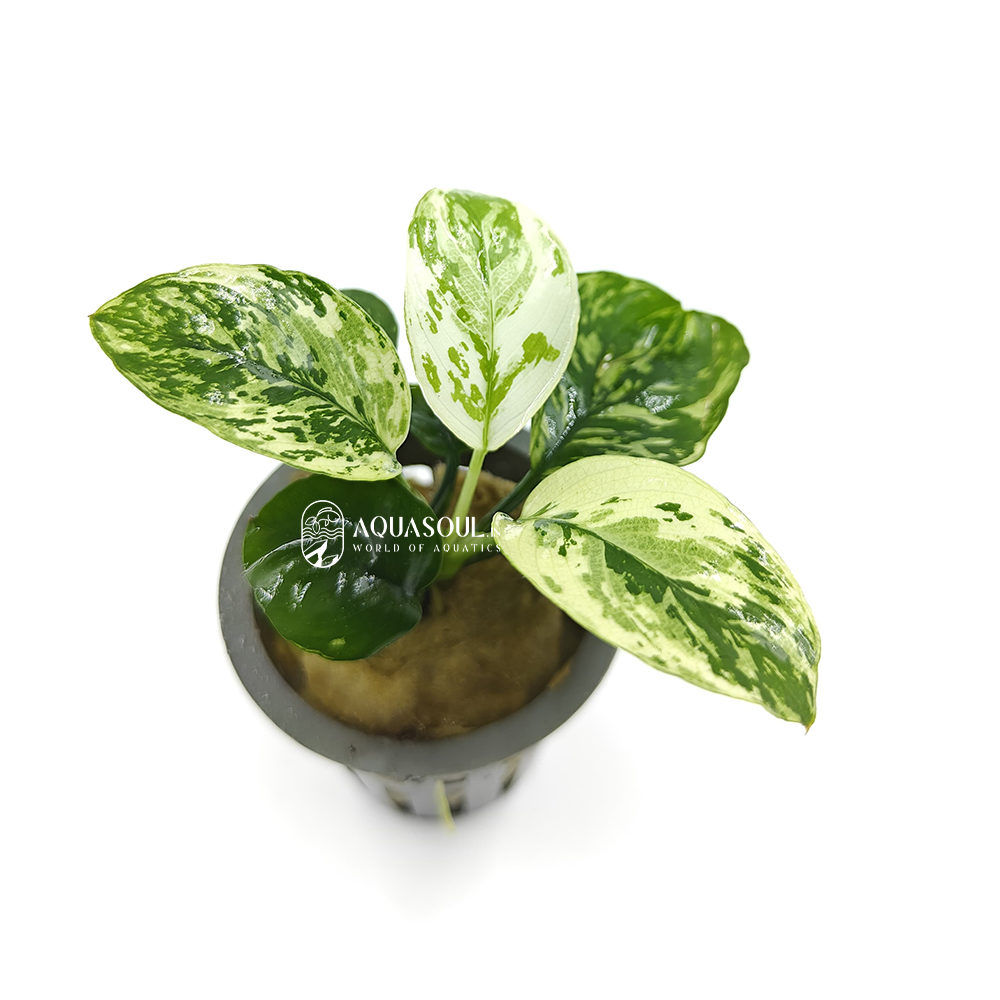
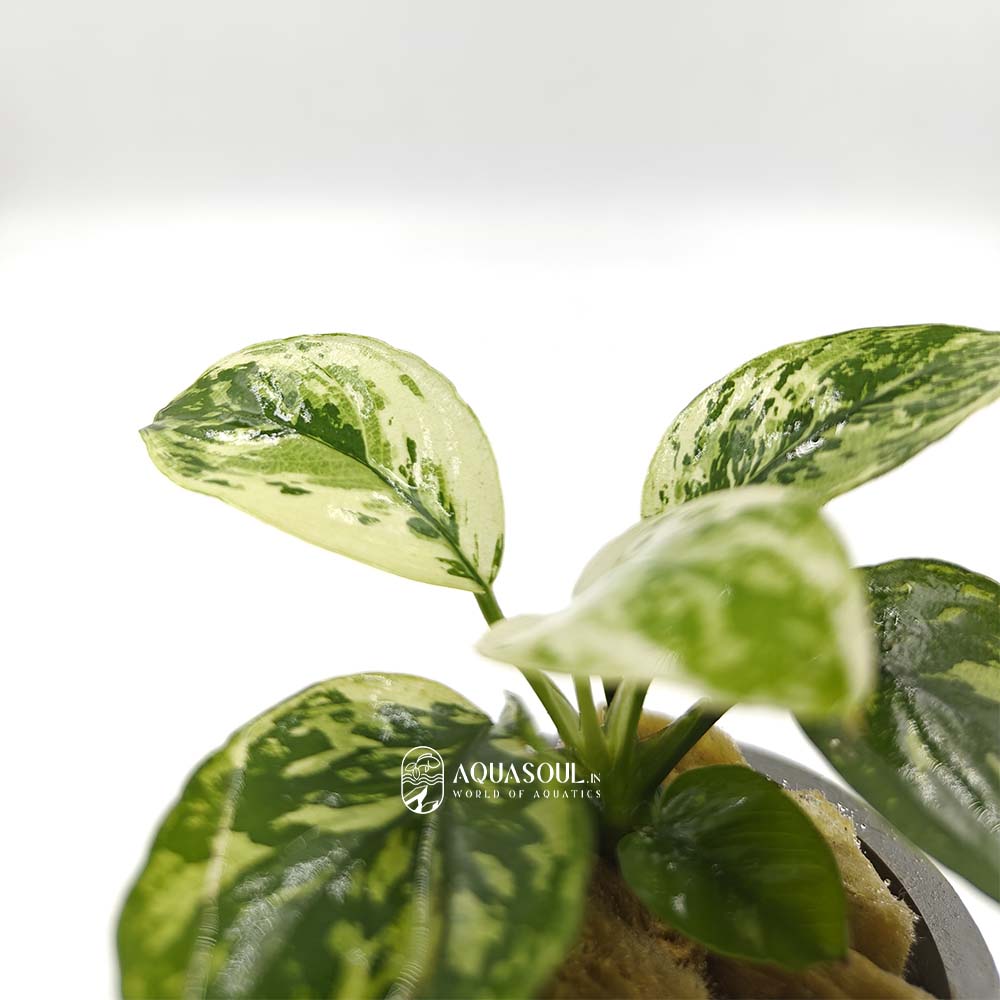
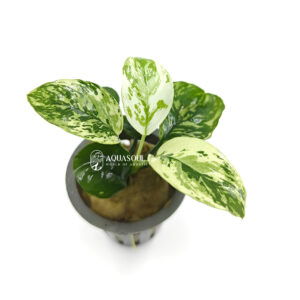
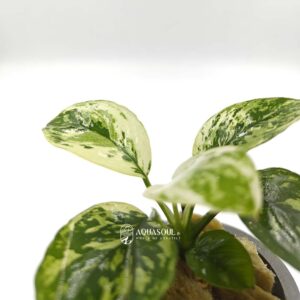
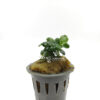
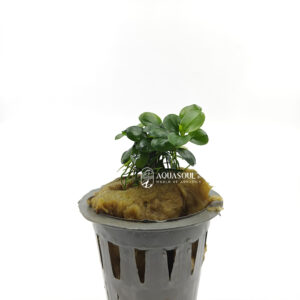









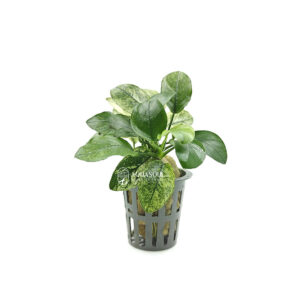
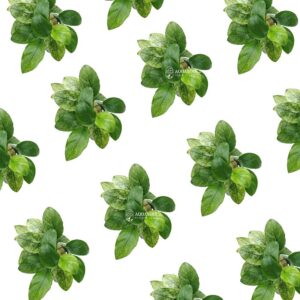




Reviews
There are no reviews yet.